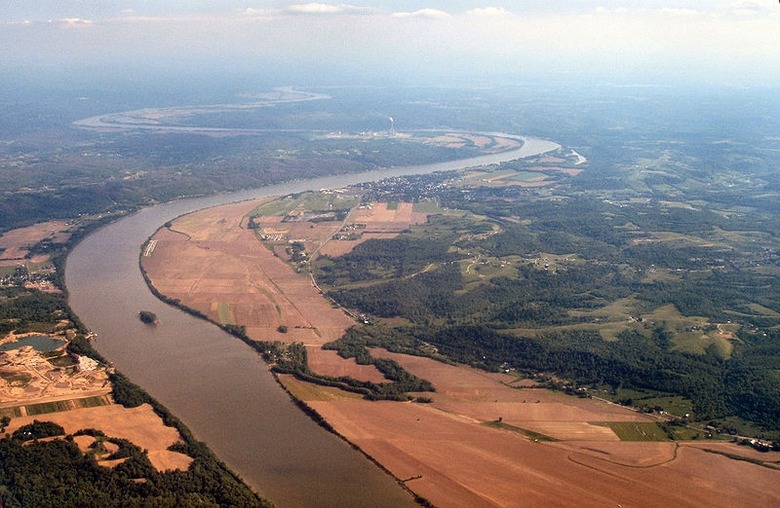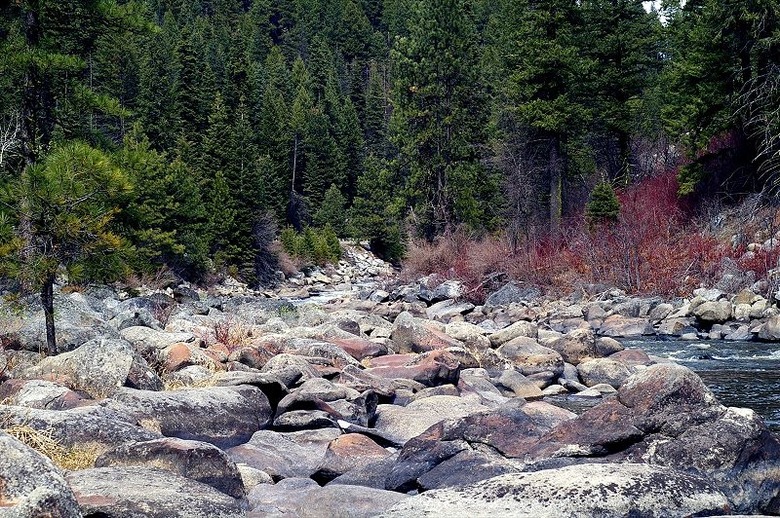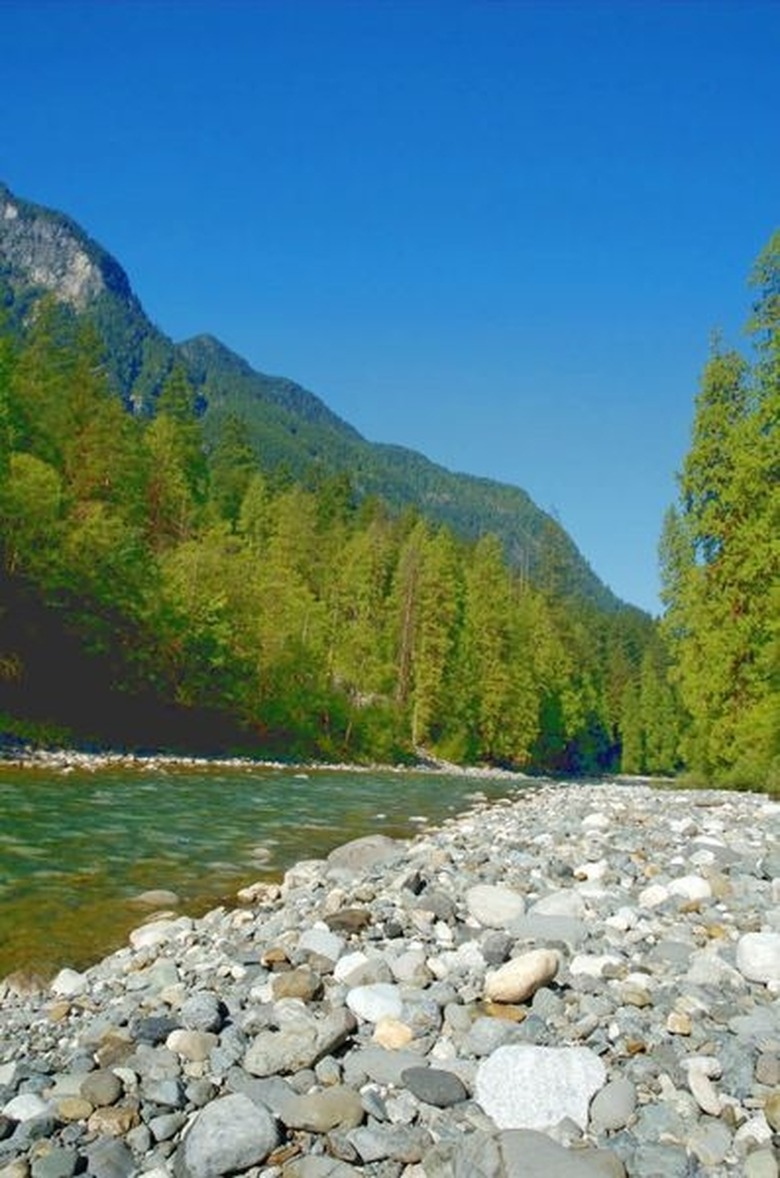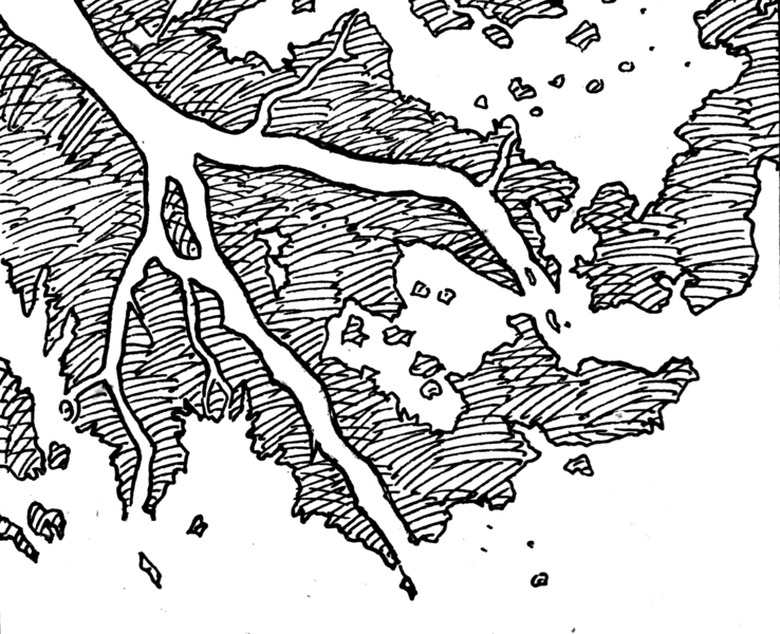How Are River Rocks Formed?
Rocks with Jagged Edges
Rocks with Jagged Edges
The formation of river rocks requires moving water and smaller rocks. Rocks easily eroded by water more likely form river rocks. Typical rocks with jagged edges can fall into the bottom of a river or stream bed or remain on the river bank. The speed of the river determines how quickly the rock becomes a river rock.
Weathering of River Rocks
Weathering of River Rocks
In the river, water flows constantly over the rocks. The movement of water itself does not weather the rocks, but that water carries with it smaller pieces of rocks, sediment and silt with it. These tiny bits of broken stones hit the rocks at the bottom of the river, breaking off pieces of them, which the river carries away. The faster the water moves, the more sediment flows over the river rocks, hastening weathering.
Erosion of River Rocks
Erosion of River Rocks
Erosion occurs when the pieces broken from the rock get carried away by the river. These bits of rock create the sand and silt along the river banks and at the mouth of the river. Eventually, a narrow stream widens into a large river. This slows the speed of the water, and some of the broken pieces of river rocks (sediment) fall to the bottom of the river bed. River deltas form in this way when the water from a river moves very slowly at its mouth where it flows into a larger body of water.
Cite This Article
MLA
Hessong, Athena. "How Are River Rocks Formed?" sciencing.com, https://www.sciencing.com/river-rocks-formed-5471789/. 24 April 2017.
APA
Hessong, Athena. (2017, April 24). How Are River Rocks Formed?. sciencing.com. Retrieved from https://www.sciencing.com/river-rocks-formed-5471789/
Chicago
Hessong, Athena. How Are River Rocks Formed? last modified March 24, 2022. https://www.sciencing.com/river-rocks-formed-5471789/



